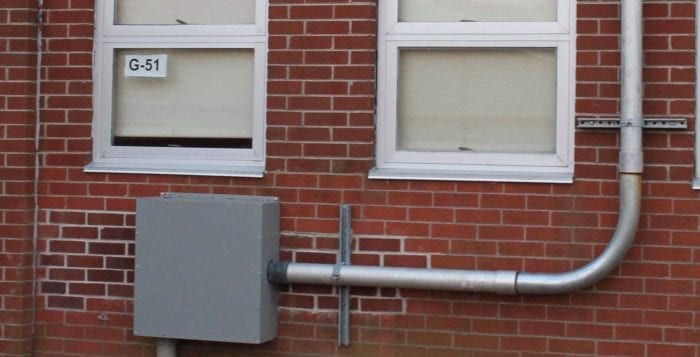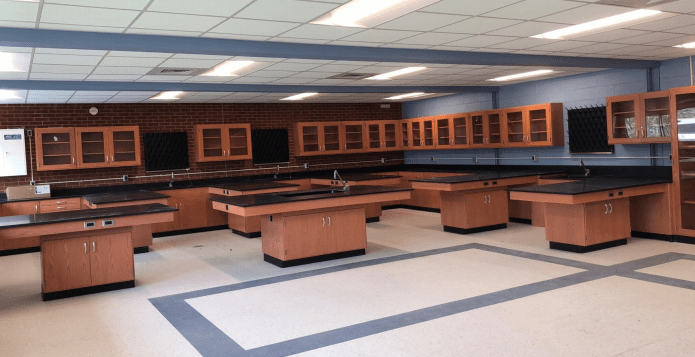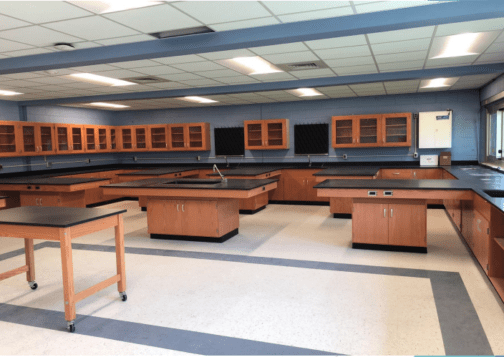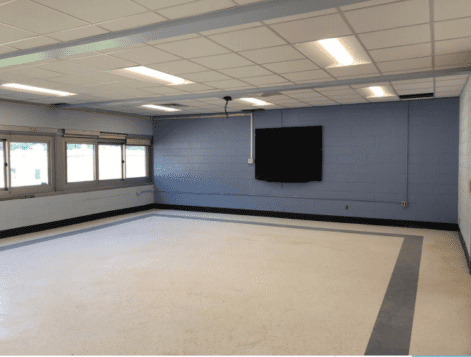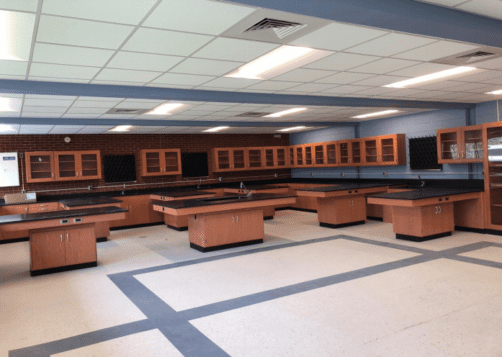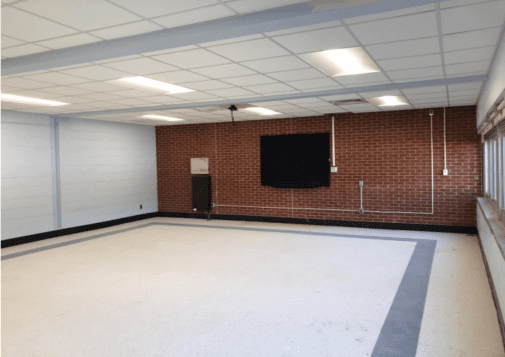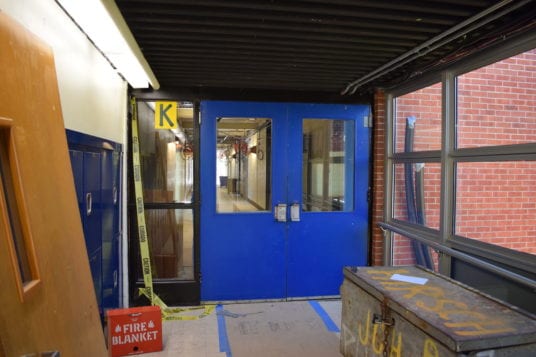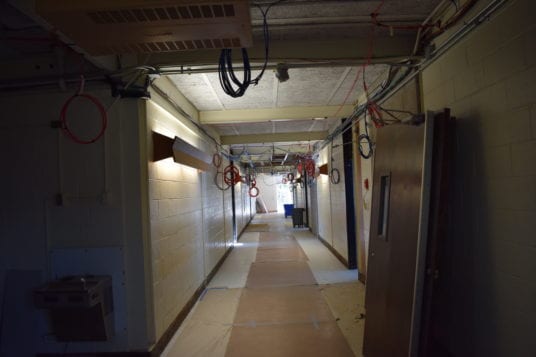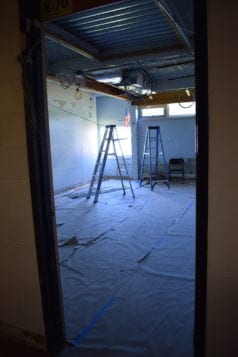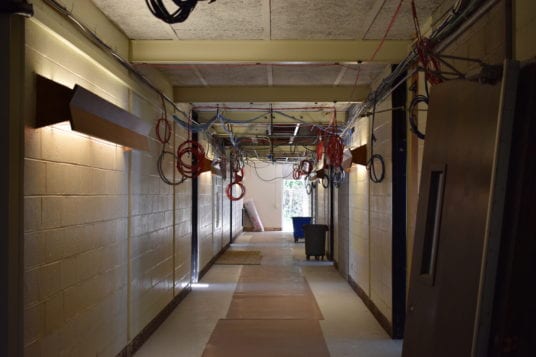Elevated levels of mercury, an odorless toxic chemical, were detected Jan. 6 in the leaching pool area outside of the Northport Middle School.
Three classrooms in the G-wing were closed in response “out of an abundance of caution.” The results of air quality tests in the classroom are still pending. Otherwise, it was business as usual at the school the days following the incident.
Parents and some retired teachers have raised numerous ongoing health concerns that they say stem from the chemicals and mold that has been found in various locations on school grounds. The building, they say, should be permanently closed.
The incident is the latest issue parents argue that deems the site unsafe for children and teachers. The decision to close a school for air quality concerns falls under the jurisdiction of the school board, according to county and state health agencies.
The district has stated on multiple occasions that it has found no evidence of unsafe air or conditions that would justify closure.
As stated in an email from Superintendent Robert Banzer sent to parents, PW Grosser Consulting, the environmental firm that discovered the elevated mercury levels, recommended that classrooms G-51 and G-52 remain unoccupied until further notice. G-51 has not been occupied since Dec. 10 stemming from a foul “rotten-egg” odor that was blamed on the school’s new heating and ventilation system.
PWGC also recommended that students not occupy classroom G-53. PWGC also recommended further air and vapor testing inside classrooms G-51, G-52 and G-53.
Some parents, though, say students should be moved immediately. Former board member Tammie Topel said in a public letter that’s been widely circulated that sixth-graders should be scheduled to attend school at their home elementary school and seventh and eighth-graders should be moved to the district’s other middle school. A 35 percent school population drop, she said, suggests that it is a viable option to explore. (See Topel’s open letter on page 18.)
The ongoing string of incidences raises serious questions about outside oversight of health standards in school districts. Several families in 2018 filed suit alleging that the district, county, town, state and the county and state health departments alleging personal injury induced by toxic exposures as a result of negligence.
That year, the school remodeled its K-wing after toxic chemicals and volatile organic compounds were found in the building.
Lawyers representing some of the families did not respond to messages left with their office.
Last month, in response to a Nov. 20 TBR News Media article that exposed that the Northport-East Northport School District was in violation of some laws governing petroleum bulk storage, district officials announced that they would move its bus depot and refueling station from its location at the middle school to Cavay’s Building & Lumber Supply on Brightside Avenue.
Meanwhile, a petition posted on Change. org called Close Northport Middle School has garnered over 3,050 signatures.
Banzer did not respond to request for comment prior to going to print about whether or not the board is discussing closing the school or relocating students.

